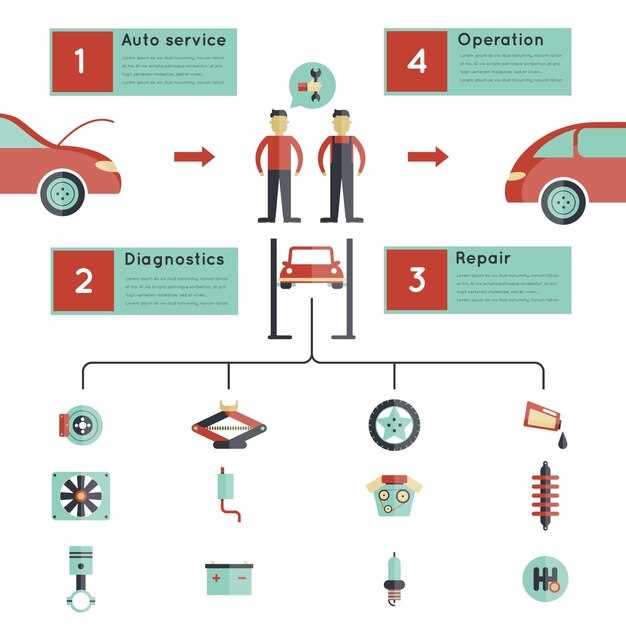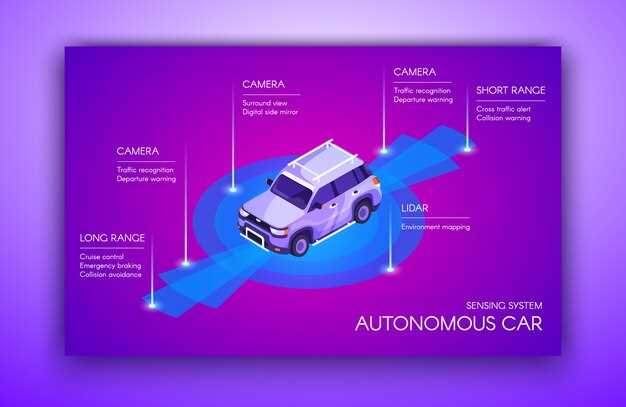
The automotive industry is undergoing a significant transformation, driven by advancements in technology and the pursuit of greater vehicle autonomy. As more manufacturers develop self-driving cars, understanding the various levels of autonomy becomes crucial for consumers, regulators, and industry stakeholders alike. The term “autonomy” refers to the vehicle’s ability to operate without human intervention, and these capabilities are classified into different levels that outline the extent of automation.
The Society of Automotive Engineers (SAE) defines six distinct levels of vehicle autonomy, ranging from Level 0, where human drivers have full control, to Level 5, where vehicles can operate entirely autonomously in any environment. Recognizing these levels is essential for grasping the current state of autonomous technologies and their future implications. With each progressing level, the reliance on human drivers decreases, introducing various challenges and opportunities in terms of safety, regulation, and public acceptance.
As we delve deeper into the intricacies of vehicle autonomy, it becomes apparent that understanding these levels is not just a technical matter; it also impacts how we perceive the future of transportation. By breaking down the complexity of vehicle autonomy, we can better appreciate the innovations shaping our roads and the societal shifts they entail.
Defining SAE Levels of Vehicle Autonomy with Real-World Examples

The Society of Automotive Engineers (SAE) has established a framework to classify vehicle autonomy levels, ranging from Level 0 to Level 5. These levels outline the extent to which a vehicle can perform driving tasks without human intervention. Understanding these categories is crucial for consumers, manufacturers, and regulators.
Level 0: No Automation is characterized by a complete lack of automation. In this category, the human driver must perform all driving tasks. A typical example is a standard vehicle with no advanced driver-assistance systems (ADAS). These vehicles require the driver to maintain full control at all times, without any support from automated systems.
Level 1: Driver Assistance introduces limited automation where the vehicle can assist with either steering or acceleration/deceleration, but not both simultaneously. A real-world example is adaptive cruise control, which maintains speed and distance from the vehicle ahead, yet relies on the driver for steering control.
Level 2: Partial Automation allows the vehicle to control both steering and acceleration/deceleration under specific conditions. However, the driver must remain engaged and monitor the driving environment. An example of this is Tesla’s Autopilot, which can handle highway driving conditions but requires regular driver supervision and readiness to take over at any time.
Level 3: Conditional Automation signifies that the vehicle can automate all driving tasks in certain scenarios, such as highway driving. At this level, the driver must be available to take control when the system requests it. An example is Audi’s Traffic Jam Pilot, which can navigate through heavy traffic autonomously but prompts the driver to intervene in complex situations.
Level 4: High Automation means the vehicle can perform all driving tasks in specific environments without human intervention. An example can be seen in autonomous shuttles operating in designated urban areas, where they can navigate and respond to traffic conditions without requiring a human driver under predetermined circumstances.
Level 5: Full Automation represents the pinnacle of vehicle autonomy, where no human intervention is required. These vehicles can operate in all environments and situations without any driver input. While completely autonomous vehicles, such as those envisioned by Waymo, are still being tested, they exemplify the future possibilities of SAE Level 5 autonomy.
By understanding these SAE levels, stakeholders can better navigate the evolving landscape of vehicle autonomy and make informed decisions regarding the adoption and integration of autonomous technologies in everyday transportation.
Assessing Safety Implications of Different Autonomy Levels

As vehicles advance through various levels of autonomy, understanding the safety implications becomes increasingly crucial. The SAE levels of automation categorize vehicle capabilities from Level 0, where human drivers retain full control, to Level 5, where vehicles operate fully autonomously in all environments. Each level presents distinct safety considerations that must be carefully evaluated.
At Level 0, drivers are responsible for all aspects of vehicle operation. Safety concerns primarily revolve around human error, driver distractions, and inability to react in critical situations. The need for driver vigilance remains paramount, and improved driver education and awareness can mitigate risks.
Moving to Level 1, where driver assistance features like adaptive cruise control exist, the implications shift slightly. While these systems enhance safety by assisting drivers, they still rely on human oversight. Misunderstanding system limitations can create safety hazards, emphasizing the importance of clear communication and training regarding these features.
Level 2 introduces partial automation, where vehicles can control steering and acceleration/deceleration simultaneously. Although they significantly reduce the driver’s workload, they also increase the risk that drivers may overestimate their capabilities, leading to complacency. Continuous engagement with the vehicle is essential to ensure safety, necessitating robust monitoring systems to alert drivers if attention wanes.
At Level 3, conditional automation allows the vehicle to handle most driving tasks, yet still requires human intervention in specific scenarios. The safety implications here are critical; the vehicle must accurately assess its environment and make real-time decisions. Failures in the system or delays in driver response can lead to dangerous situations, underscoring the need for reliable fail-safe mechanisms and thorough testing under varied conditions.
Level 4 vehicles can operate autonomously within certain geofenced areas, yet require human intervention in complex environments. Although this level can significantly enhance safety in designated zones, challenges arise when transitioning to areas that exceed the system’s capabilities. It necessitates extensive mapping and high-definition data to ensure safe navigation.
Finally, Level 5 represents fully autonomous operation without any need for human intervention. While this level promises the greatest potential for eliminating human errors, it also faces challenges in ensuring the vehicle’s interaction with unpredictable road users and environments. Safety systems must be advanced enough to interpret complex scenarios and make decisions that align with human ethical considerations.
In summary, as vehicular autonomy progresses through the SAE levels, each stage poses unique safety implications that must be addressed through technology, regulations, and public education. Continuous assessment of these implications is vital to ensure the safe integration of autonomous vehicles into everyday traffic systems.
Exploring Future Trends in Vehicle Autonomy and Regulations
As the automotive industry rapidly evolves, the trends in vehicle autonomy and the corresponding regulations are becoming increasingly significant. With advancements in technology and consumer demand, the future of autonomy is poised to create a profound impact on driving experiences and safety.
- Increased Automation Levels: The Society of Automotive Engineers (SAE) defines levels of vehicle autonomy, ranging from Level 0 (no automation) to Level 5 (full automation). Future trends indicate a gradual shift towards higher autonomy levels, with manufacturers aiming for widespread Level 4 and Level 5 vehicles.
- Integration of AI and Machine Learning: The role of artificial intelligence in enhancing vehicle autonomy is paramount. AI algorithms analyze real-time data from sensors to improve decision-making processes, leading to safer and more efficient driving patterns.
- Collaboration Among Stakeholders: The development of autonomous vehicles involves collaboration between automakers, technology companies, and regulatory bodies. This partnership is crucial for establishing standards and ensuring that safety protocols are met.
- Focus on Cybersecurity: As vehicles become more connected and autonomous, the need for robust cybersecurity measures will grow. Protecting vehicles from hacking and unauthorized access is essential for maintaining public trust in autonomous technologies.
- Regulatory Frameworks: Governments worldwide are working towards creating comprehensive regulations that address the unique challenges posed by autonomous vehicles. This includes creating legal frameworks for liability, insurance, and safety standards.
Future trends in vehicle autonomy will also be shaped by consumer acceptance and societal impacts. As people become more familiar with autonomous technologies, public perception will influence regulatory changes and driving policies. Manufacturers will need to prioritize transparency and education to address potential concerns related to safety, privacy, and employment changes in related industries.
- Gradual introduction of autonomous features in commercial vehicles.
- Enhanced infrastructure to support vehicle-to-everything (V2X) communication.
- Development of standardized testing protocols for autonomous systems.
- Implementation of adaptive regulations that evolve with technological advancements.
In conclusion, the exploration of future trends in vehicle autonomy and regulations reveals a complex landscape that encompasses technological innovation, stakeholder collaboration, and legislative adaptation. The path forward involves balancing the promise of enhanced mobility and safety with the need for responsible governance and public confidence.


